So, you’ve had a bit of fun with a personalised plate — or maybe it was just temporary for a show or special occasion. Now you’re ready to revert to the original registration number, and you’re wondering: how do I change my number plate back to the original without messing things up? It’s actually more straightforward than you might think.
This guide walks you through each step of the DVLA reassignment process, from checking your V5C to fitting original number plates and updating your insurance. It’s for anyone looking to change a private plate back and keep everything above board. Whether it’s for legal compliance, resale, or just peace of mind, we’ll help you feel ready — and more importantly, not overwhelmed.
1. Confirm Your Vehicle’s Original Registration
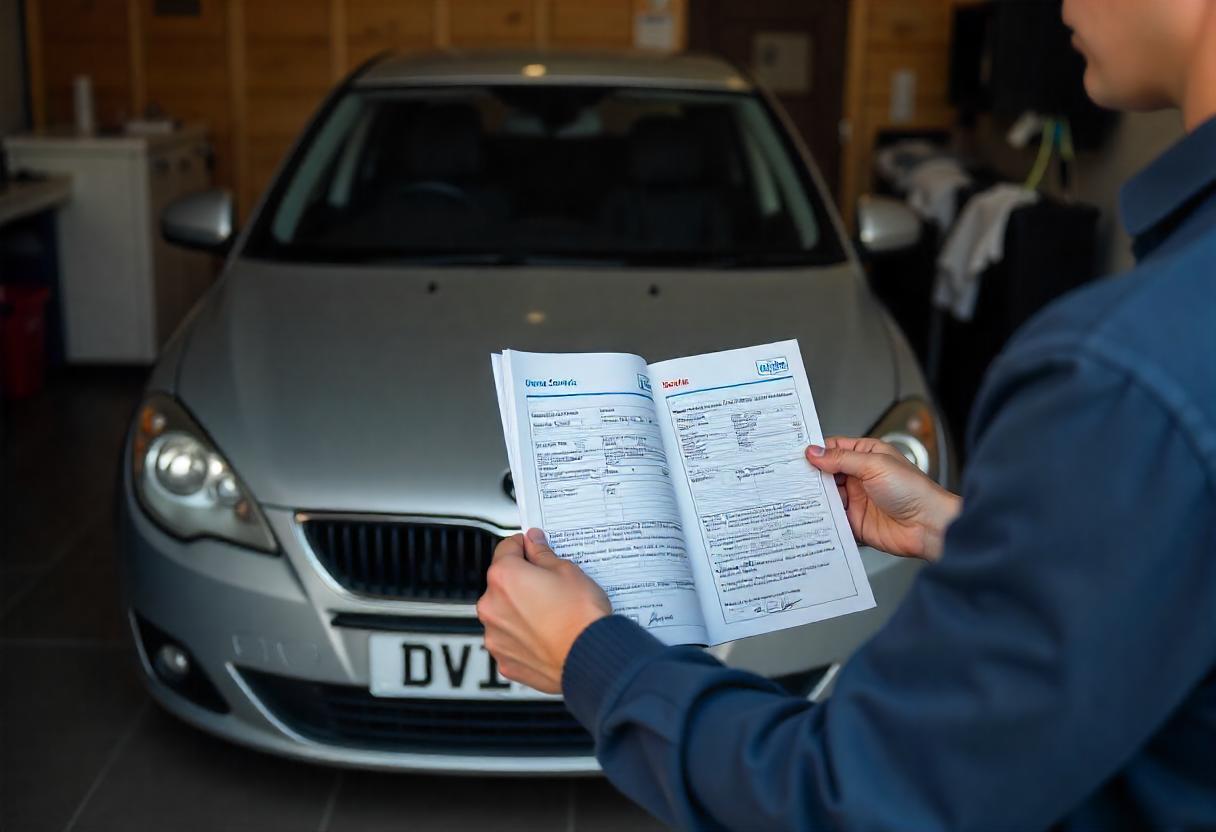
Start by checking your V5C logbook or any paperwork showing your vehicle’s original reg. You’ll need to make sure the number still matches DVLA records — it’s the foundation for the DVLA number plate change.
In most cases, DVLA holds your old reg when you switch to a private plate, unless you asked for it to be scrapped.
If you're unsure what the reg should look like, this quick guide to legal number plates might help clarify things before you go further.
2. Check Eligibility for Reassignment
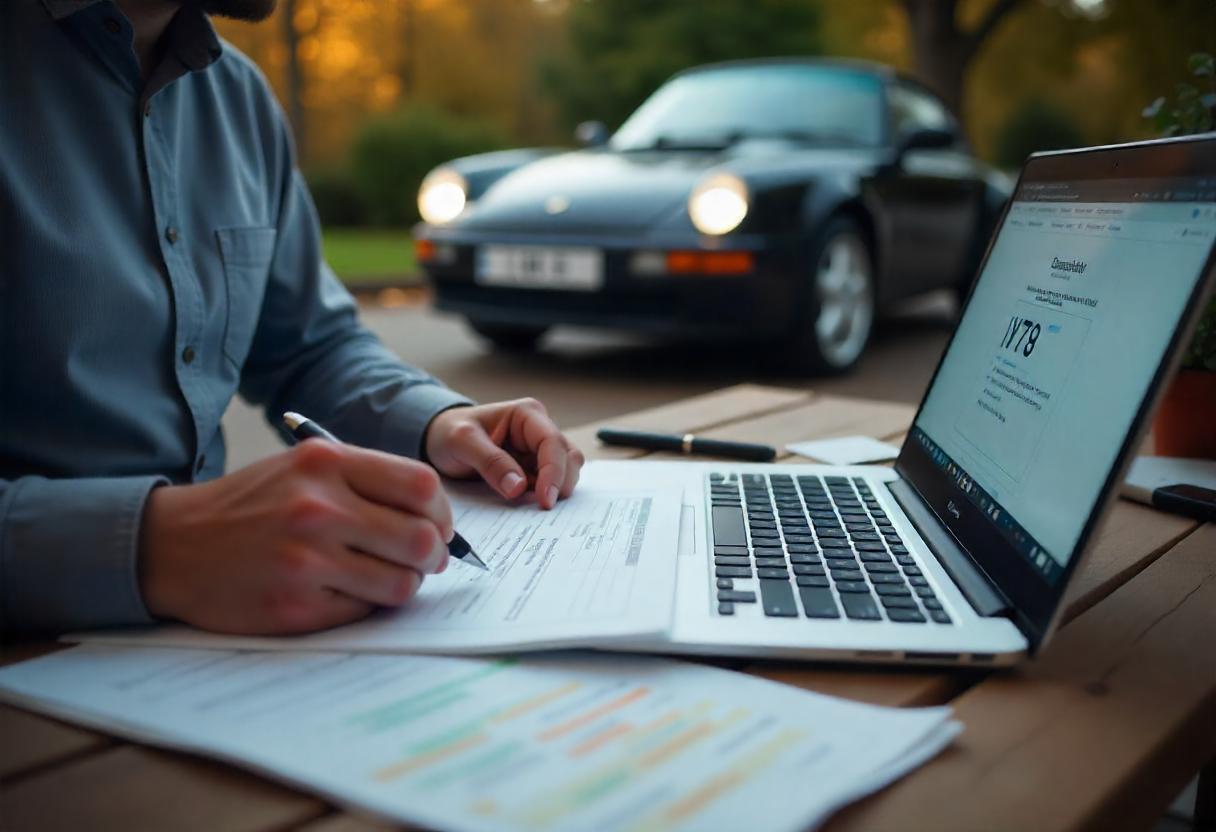
Right, so assuming the original reg is still in the DVLA’s system, the next bit is to check whether you’re actually eligible to get it back. This depends on whether your private plate was retained or just replaced. The good news is — if you didn’t permanently give up the old reg, then you’re probably fine to go ahead.
To change a private plate back, the vehicle must still be registered with DVLA, and the original number needs to be linked to your V5C. If the car’s been scrapped or sold under a private plate, things get a bit tricky — the DVLA reassignment process might not allow the reg to be reassigned at all.
Maybe you originally switched to custom number plates or just needed replacement number plates for a show — either way, this step is where you confirm whether that old reg can come back into play.
So, is your old reg still available? If yes, you’re all set for the next step. If not, you may need to contact DVLA directly for clarification.
3. Notify the DVLA
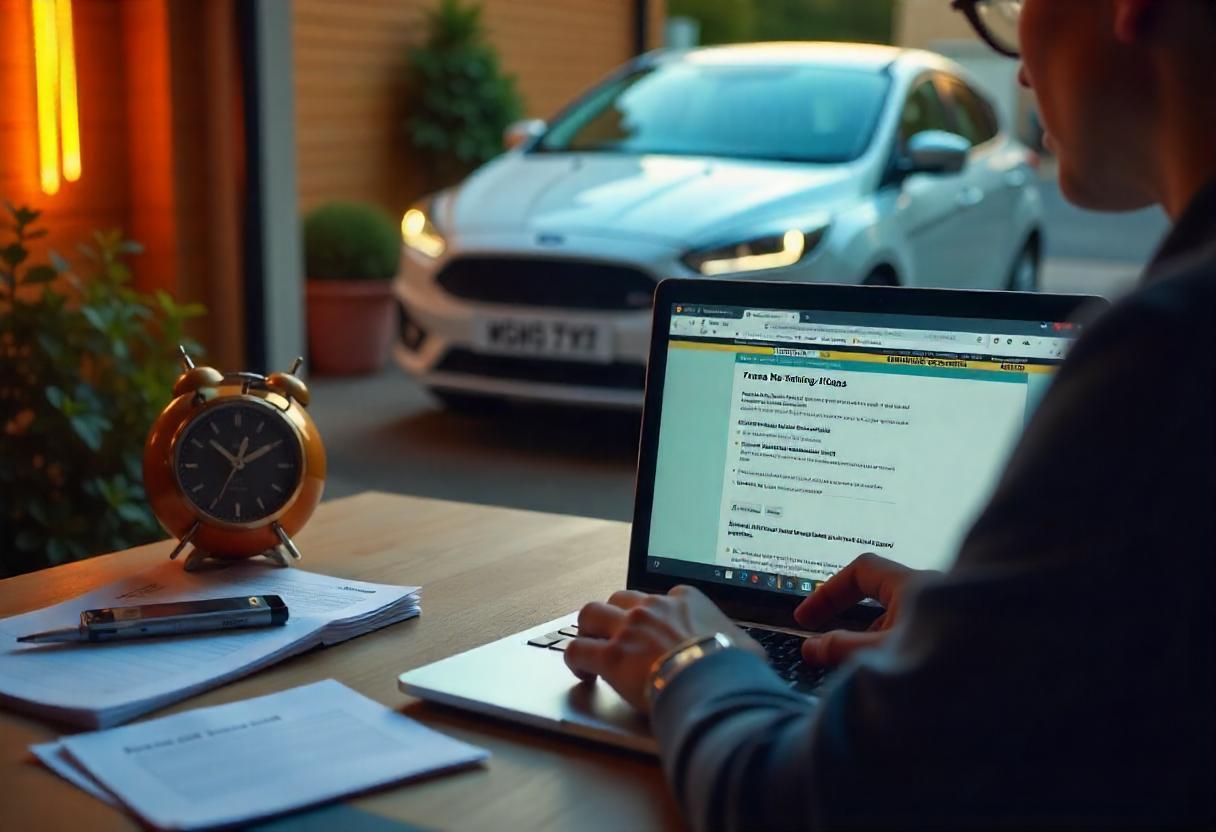
Once you’ve confirmed the old reg is still valid, you’ll need to officially tell the DVLA that you’re ready to switch back. This step kickstarts the formal DVLA number plate change, and it’s where a lot of people start to feel unsure — but it’s honestly not that complicated.
You’ve got two ways to do it:
- Online via the DVLA website — usually the quicker route
- By post, which might suit you better if you’ve got extra documents or are already completing a V317 form
Once they’ve got what they need, DVLA typically responds within 2–4 weeks. You’ll get a letter or email confirming the update to your vehicle registration, and from that point, you’re free to fit your plates.
4. Complete a V317 Form
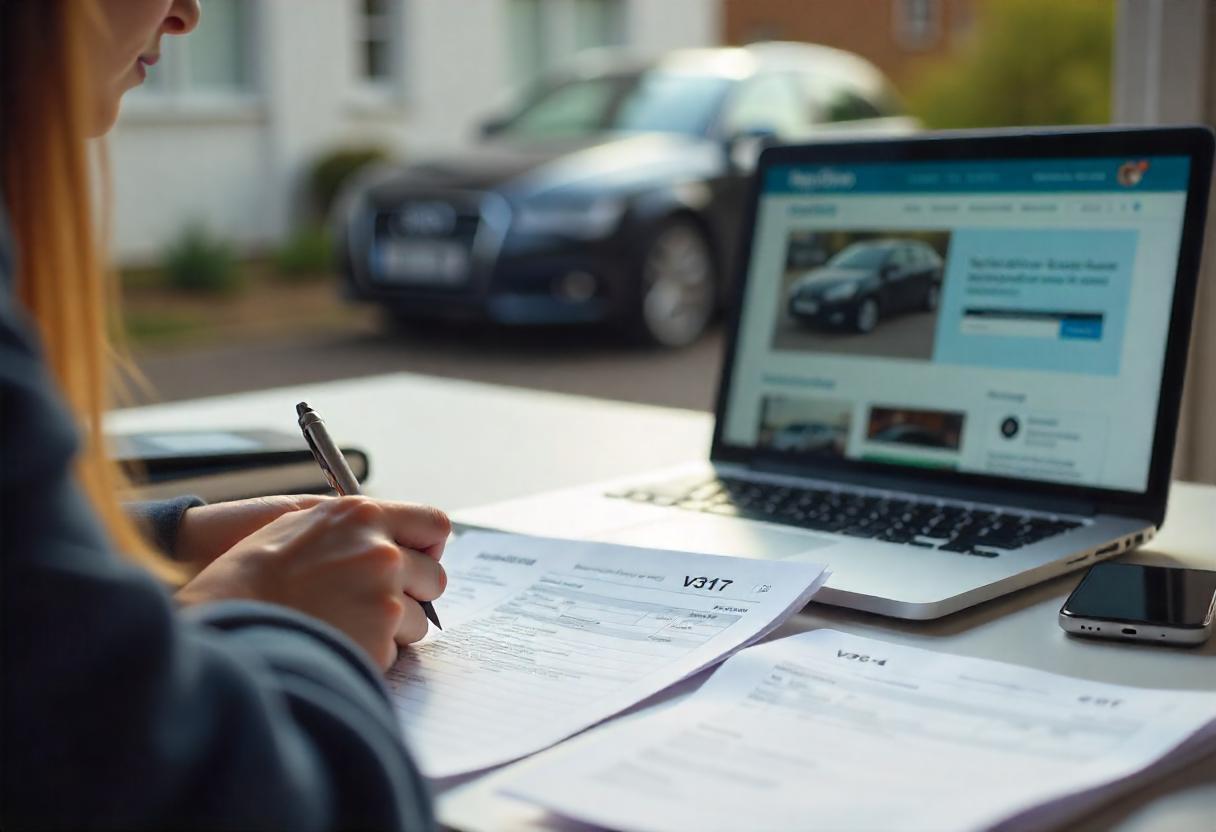
So, this is the bit that officially makes it happen. The V317 form is what you’ll use to apply to take off a private plate and go back to the original registration. You can download it directly from GOV.UK and either fill it in digitally or by hand.
The form’s pretty straightforward — it asks for your vehicle details, personal info, and what number you want to go back to. If your name or address has changed since your last logbook, update that first.
There’s usually an £80 DVLA fee involved. This covers admin and processing, so don’t be surprised when it pops up.
5. Submit Required Documents
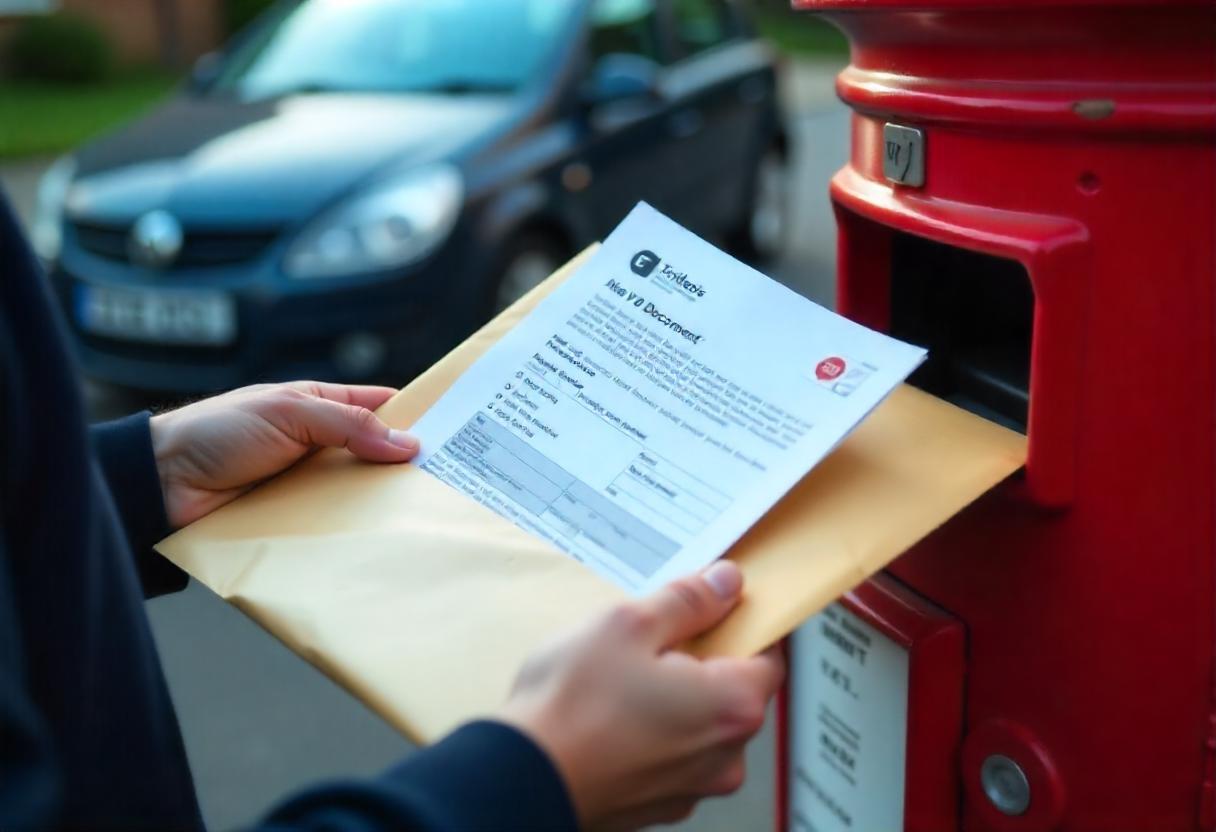
Before you send anything to DVLA, make sure you’ve got all of this lined up:
- Your current V5C logbook (must show you as the registered keeper)
- A valid form of ID (photocard driving licence is usually best)
- Completed V317 form
- Proof of entitlement to the original registration, if it’s not on the V5C
- Payment for the £80 DVLA fee
- Confirmation letter or email from DVLA (once processed, for your insurer)
6. Fit the Original Number Plates
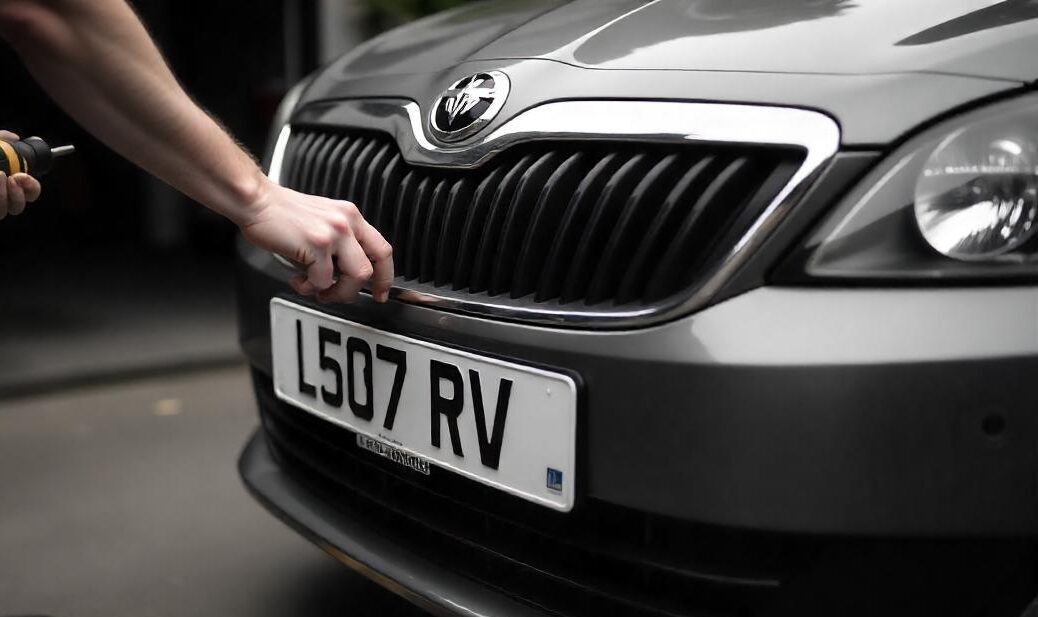
Now that the DVLA has confirmed everything, you're free to get your original reg back on the vehicle. Time to sort out your plates.
You’ll need to buy new plates that display the original registration number — they must meet legal UK standards. That includes:
- Correct font (Charles Wright 2001)
- Legal spacing
- White front, yellow rear
- Reflective background
- No fancy logos or tints if it’s for road use
You can order fitting original number plates from a registered supplier — just bring ID and a copy of your V5C.
If you’re doing the job yourself, plate fitting kits make it easy enough. If not, most garages will do it in under ten minutes. Either way, don’t drive until the new plates are fitted — it’s a legal requirement.
7. Inform Your Insurance Provider
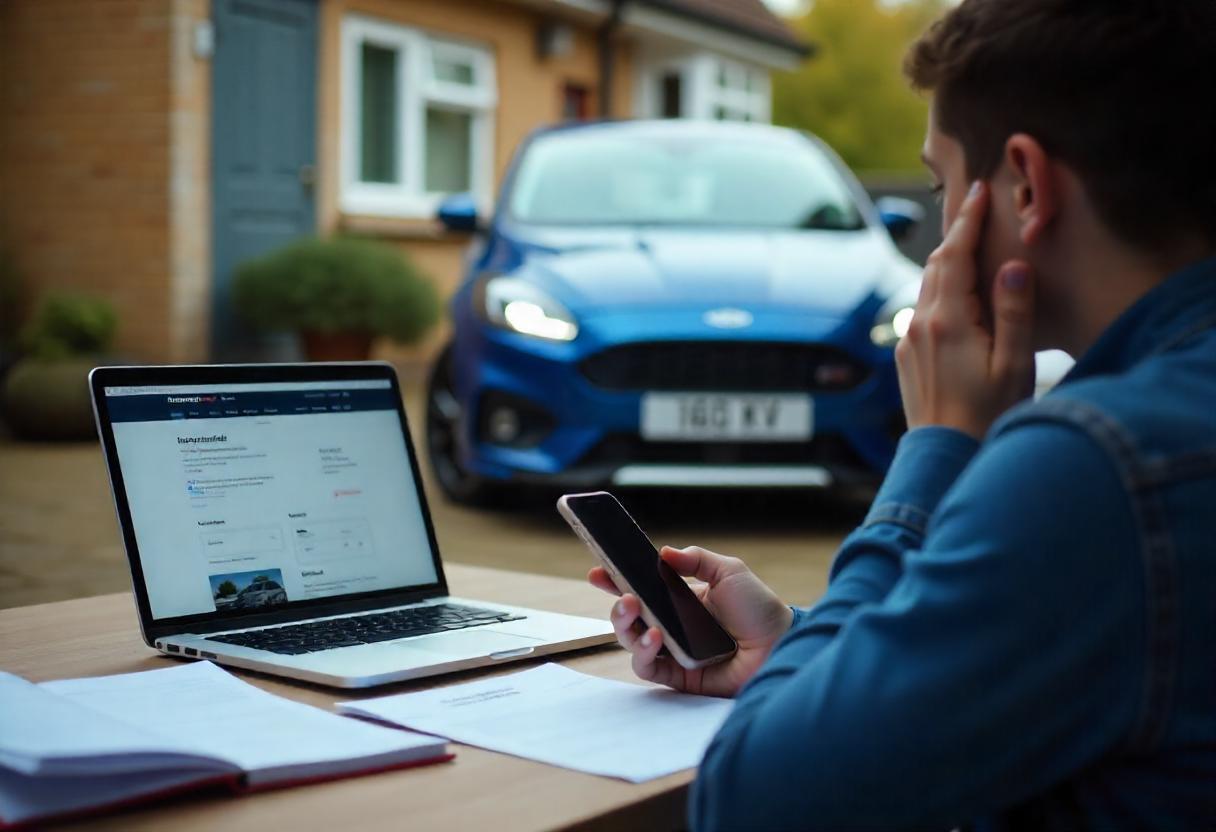
This step gets missed more often than it should — but it’s really important. Once your vehicle registration is updated, your insurer needs to know about it. If they’re still showing your private plate and something goes wrong, you might not be covered.
So, log into your account or give them a quick call. Most just want a copy of the DVLA confirmation and your new reg.
It only takes a minute, but it saves a lot of hassle if you ever need to make a claim. Don’t leave it until renewal — do it as soon as the plate is switched.
Quick Step-by-Step Process
Step | Action | Resource Needed |
1 | Check original reg details | V5C logbook |
2 | Fill in application form | V317 form from GOV.UK |
3 | Submit documents to DVLA | Post or online upload |
4 | Fit original number plates | Legal, compliant new plates |
5 | Update your insurance provider | DVLA confirmation letter/email |
